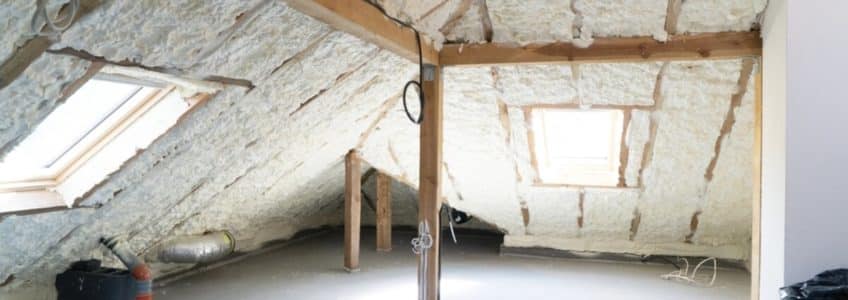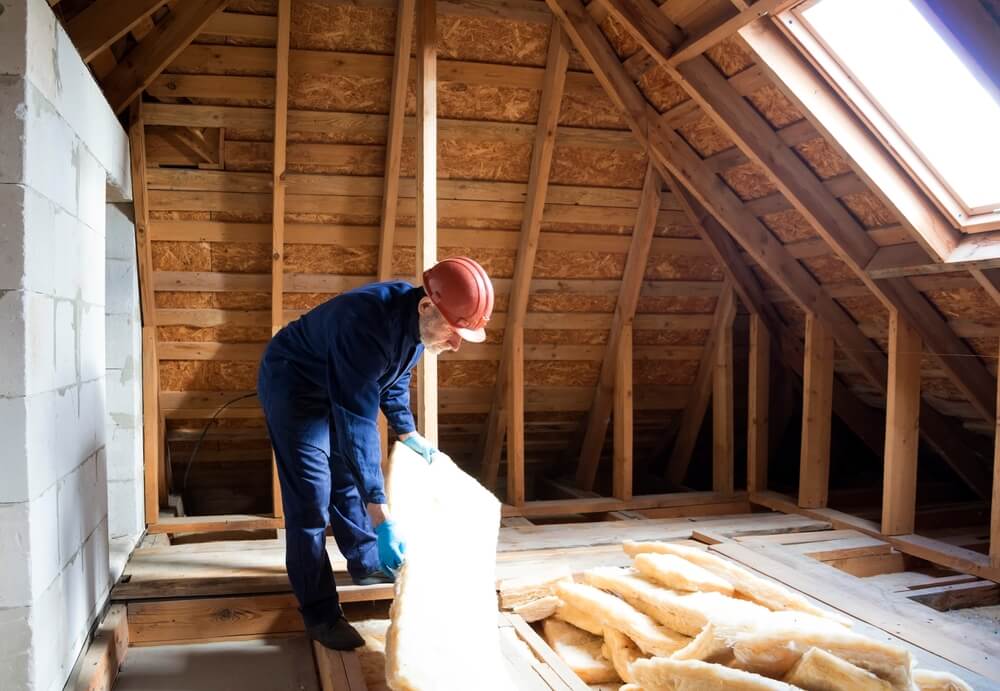
The comfort of your home starts from the top down. Imagine a cold winter night where the warmth from your heating system escapes through your attic, leaving you shivering under your blanket. On the flip side, think about a scorching summer day when your cooling system is overworked, yet your house remains unbearably hot. Both scenarios could be due to inadequate attic insulation. How much insulation do you need in your attic to ensure your home remains comfortable year-round?
Understanding the Importance of Proper Attic Insulation
Attic insulation plays a crucial role in maintaining the temperature within your home. Without sufficient insulation, heat can easily transfer between the interior of your home and the outside environment. This means in winter, warm air can escape, and in summer, hot air can enter, making your heating and cooling systems work harder than necessary. Proper insulation not only keeps your home comfortable but also significantly reduces energy bills by enhancing energy efficiency.
Factors Influencing How Much Insulation You Need in Your Attic
Climate Zone
The amount of insulation required in your attic largely depends on the climate zone in which you live. The U.S. is divided into different climate zones, each with recommended R-values for insulation. The R-value is a measure of thermal resistance, and the higher the R-value, the better the insulation’s effectiveness. For example, homes in colder climates need insulation with higher R-values compared to those in warmer regions.
Existing Insulation
Before determining how much more insulation you need in your attic, it’s essential to assess what’s already there. If your attic has some insulation but not enough, you may need to add more to reach the recommended R-value for your area. On the other hand, if your attic is completely uninsulated, you’ll need to start from scratch and install the appropriate amount of insulation.
Attic Size and Design
The size and design of your attic also play a role in determining how much insulation is needed. Larger attics will naturally require more insulation material. Additionally, attics with irregular shapes, numerous vents, or structural obstacles may need specialized insulation solutions or more insulation to achieve the desired R-value.
Recommended R-Values Based on Climate Zones
To understand how much insulation you need in your attic, refer to the following recommended R-values based on climate zones:
- Zone 1 (Warmest): R30 to R49
- Zone 2: R30 to R60
- Zone 3: R30 to R60
- Zone 4: R38 to R60
- Zone 5: R49 to R60
- Zone 6: R49 to R60
- Zone 7: R49 to R60
- Zone 8 (Coldest): R49 to R60
These ranges give you a solid starting point, but remember that these are general guidelines. Your specific needs may vary based on the unique characteristics of your home.
Types of Insulation Materials
There are several types of insulation materials to choose from, each with its own R-value and installation method. Some of the most common include:
- Fiberglass batt insulation: Common and easy to install, ideal for standard attic spaces.
- Blown-in insulation: Best for attics with irregular shapes or many obstructions.
- Spray Foam insulation: Offers high R-values but can be more expensive.
- Radiant barrier: Often used in combination with other types of insulation, particularly in hot climates.
Selecting the right type of insulation is crucial in achieving the desired R-value and ensuring your attic is properly insulated. How to Calculate
How Much Insulation You Need in Your Attic
To calculate how much insulation is necessary, you first need to know the square footage of your attic. Once you have this, multiply the square footage by the recommended R-value for your climate zone. This will give you the total R-value required. From there, you can determine how much insulation material you’ll need based on its R-value per inch of thickness. For instance, if you’re using fiberglass batts with an R-value of 3.5 per inch, you’ll need approximately 10 inches of insulation to reach an R-value of R35.
Signs That Your Attic Needs More Insulation
Even if you’ve had insulation installed in the past, there are signs that it may no longer be sufficient:
- Inconsistent indoor temperatures: If certain rooms are always colder or hotter than others, your attic insulation might be inadequate.
- High energy bills: An unexplained rise in your heating or cooling costs could indicate poor attic insulation.
- Drafts: If you feel drafts, especially near the ceiling, it might be a sign of heat escaping through your attic.
Conclusion
 Understanding how much insulation you need in your attic is vital for maintaining a comfortable, energy-efficient home. By considering factors such as your climate zone, existing insulation, and attic design, you can ensure that your attic is properly insulated. Not only will this keep your home cozy throughout the year, but it will also help you save on energy costs. For expert advice and professional installation, contact Advantage Construction today to ensure your attic is properly insulated and your home stays comfortable year-round.
Understanding how much insulation you need in your attic is vital for maintaining a comfortable, energy-efficient home. By considering factors such as your climate zone, existing insulation, and attic design, you can ensure that your attic is properly insulated. Not only will this keep your home cozy throughout the year, but it will also help you save on energy costs. For expert advice and professional installation, contact Advantage Construction today to ensure your attic is properly insulated and your home stays comfortable year-round.
